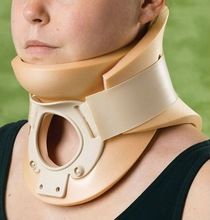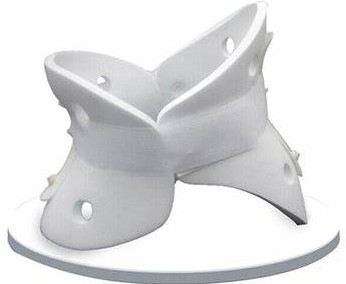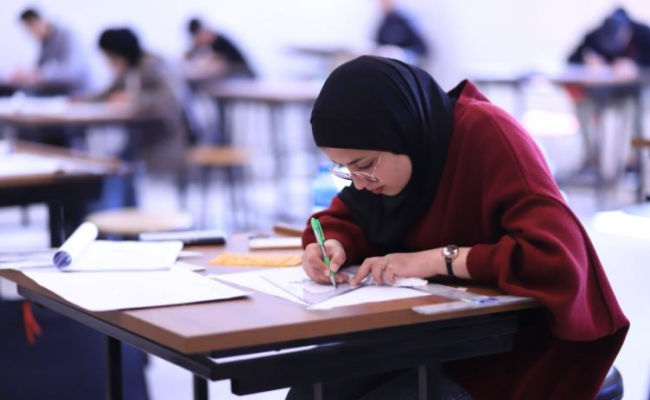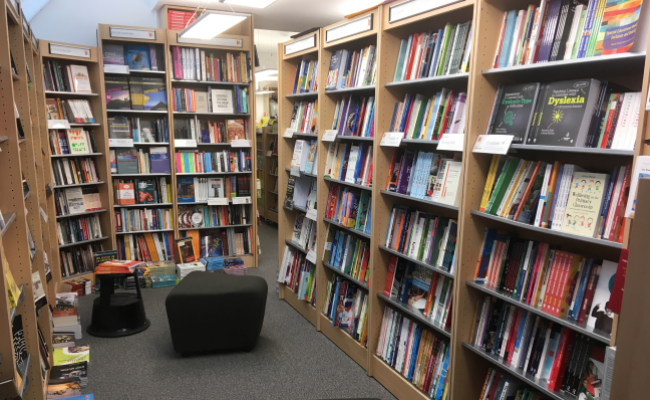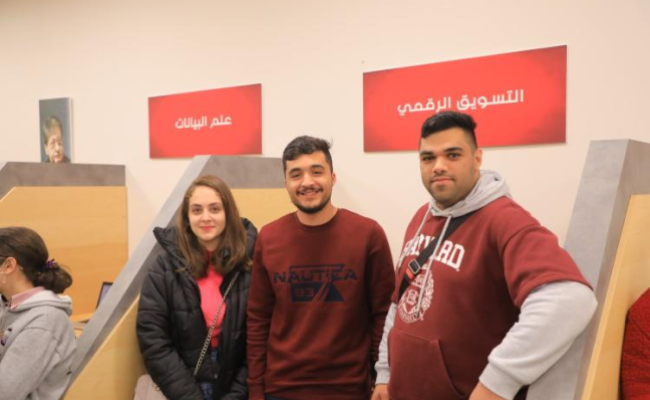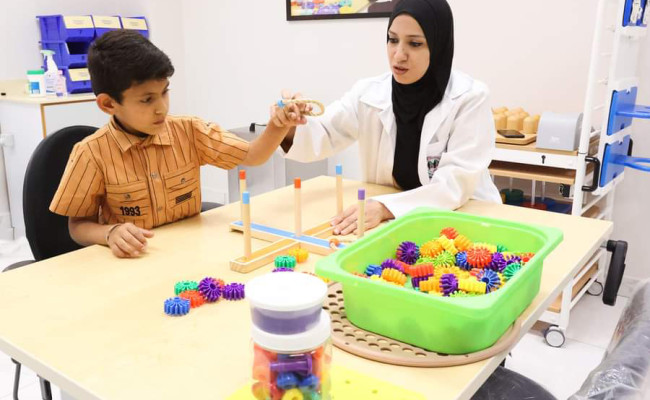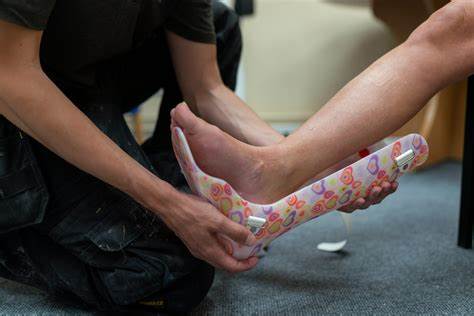
Assistive devices are wearable devices that are made to achieve more than one goal, such as to improve mobility, stabilize the injured part of the body to facilitate the healing process and prevent injuries, to correct biomechanical imbalances, reduce pain and weight bearing, to aid in rehabilitation, accommodate or correct deformity, increase independence. ..
Assistive devices are made of plastic and other materials can be used in manufacturing these devices such as aluminum, stainless steel, leather as well as other materials.
AFO (Ankle Foot Orthosis) Device: A device worn on the lower leg that improves the overall safety and efficiency of walking for people with certain medical conditions. AFOs provide walking stability, keep joints properly aligned, and help compensate for muscle weakness.
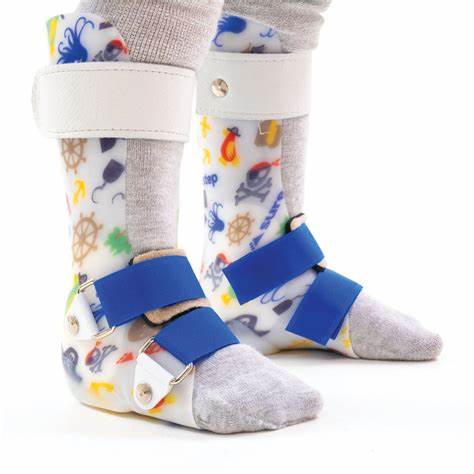
short leg brace:
An ankle and foot brace fastened to a shoe is called a short leg brace. Usually constructed of metal and leather, it can have one metal or plastic bar supporting the ankle's exterior or interior, or it can have one bar on each side.
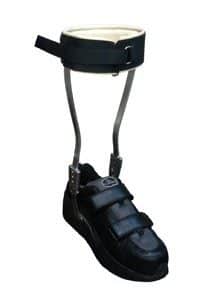
KAFO (Knee Ankle Foot Orthosis) Device: A long assistive device that extends across the knee, ankle, and foot in an attempt to stabilize the joints and assist the leg muscles. There are many diseases or problems that require this device, but muscle weakness and hemiplegia are the most common.
The most common causes of muscle weakness include: polio, muscular dystrophy, multiple sclerosis, and spinal cord injury.
Each KAFO is specially designed based on the specific requirements of the individual. There are many design options available that make using the device practical and comfortable. Detailed examination and evaluation of the patient allows the staff to suggest the best combination of ingredients available.
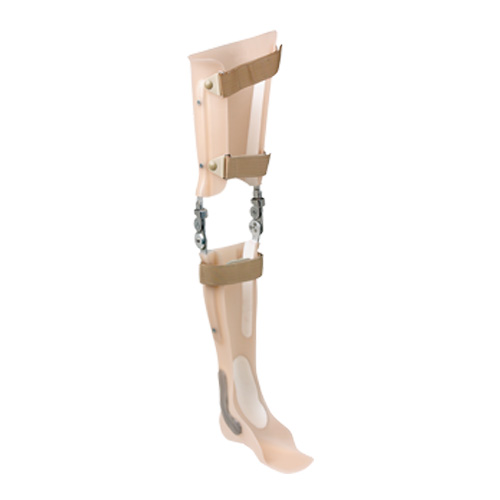
long leg brace:
is a specialist medical device intended to better align, support, and enhance leg function. Key information regarding long leg braces is as follows:
Goal and Structure:
o Molded plastic uprights are usually swapped out for metal ones in a long leg brace.
o It stretches up the rear of your lower thigh and slides into your shoe.
o A metal hinge and knee lock secure the brace to a plastic cuff behind your thigh.
o Its design changes according to each person's unique requirements.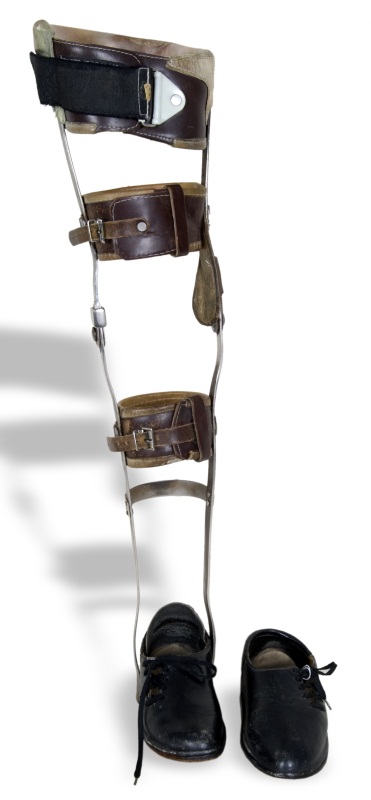
HKAFO (Hip Knee Ankle Foot Orthosis) Device: This is a special-molded plastic device with circumferential metal posts and a pelvic band. It provides support and correction for the hip, knee, ankle and foot. HKAFO aims to improve body alignment, enhance muscle strength, and promote independence and self-esteem. Fundamentally, it is a comprehensive orthotic device that stabilizes or locks these joints to treat various conditions.
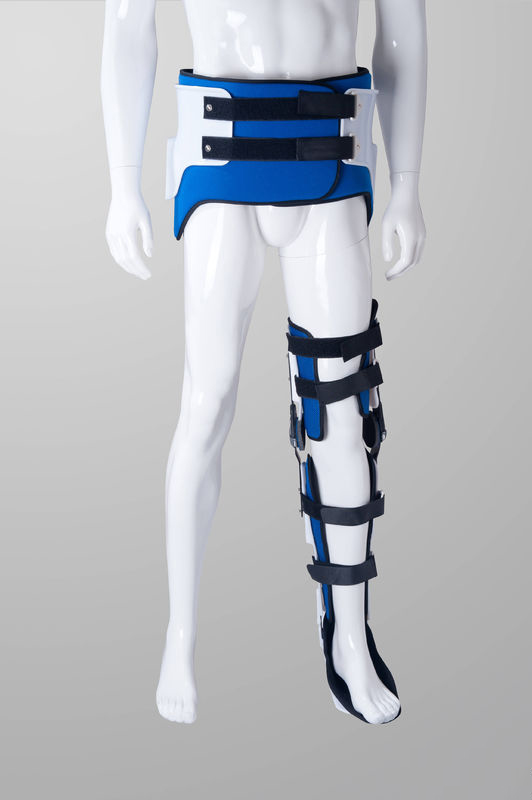
Cock up Splint Device: This splint securely and comfortably stabilizes and protects the wrist and forearm as needed to treat a variety of wrist injuries and conditions. These wrist supports can help with sprains or strains, wrist tendinitis, and carpal tunnel syndrome.
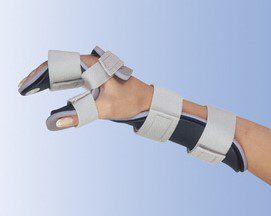
Spinal Brace Device: It is used to treat problems and deviations in the spine, as it provides support and stability, works to maintain the alignment of the spine and prevents/corrects deformity: Treats abnormal curvature and relieves pain by limiting movement to relieve discomfort and aid in recovery after surgery. It also distributes pressure within the spine.
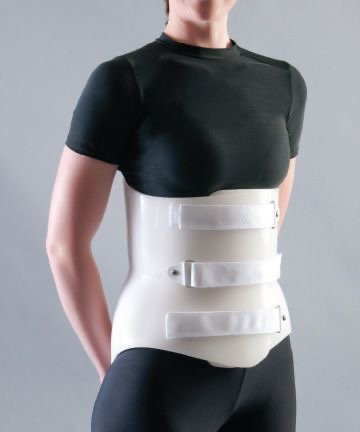
- cervical orthosis
- is a brace that goes around the neck to support and limit movement. It is used to treat operations, fractures, and injuries to the cervical region. A two-piece plastic brace with a metal cervical attachment that covers the chest and back is one option, or a stiff plastic orthosis that encircles the neck and supports the chin and back of the head. It aids with neck posture correction, pain relief, damage prevention, and healing.
